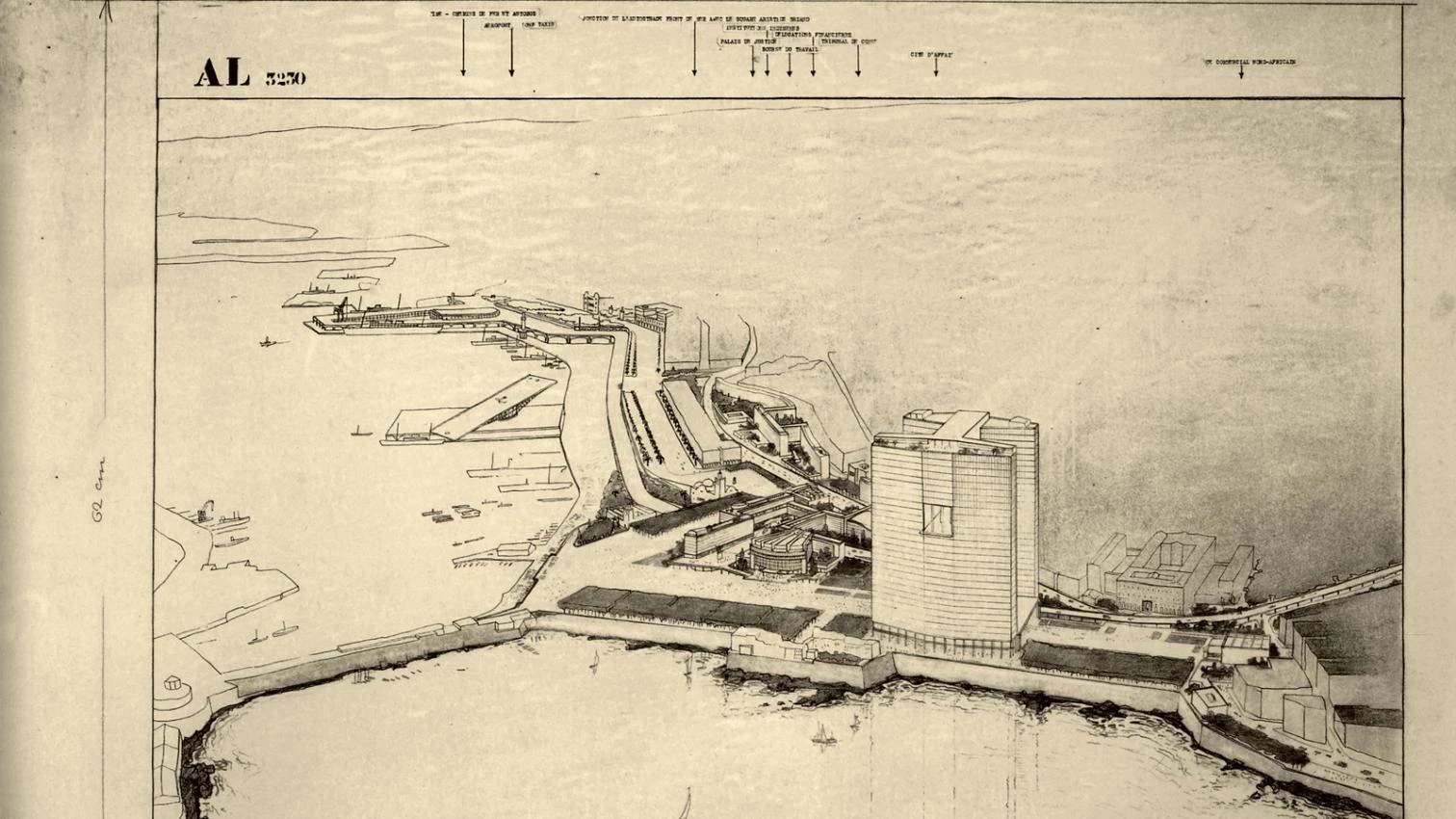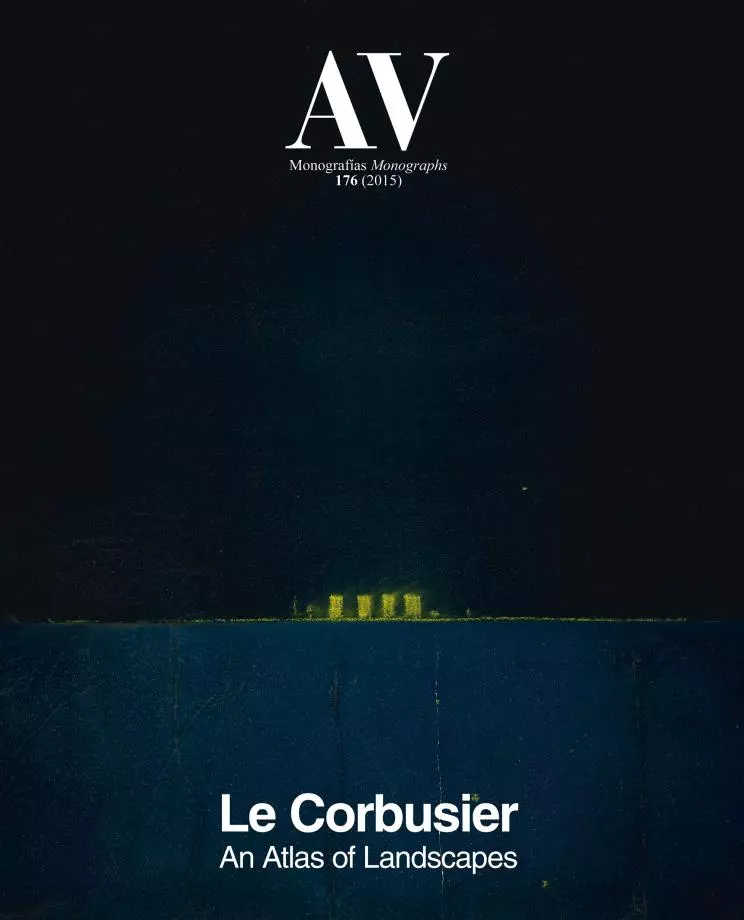
With its immense and sensuous viaduct-housing, the main element of a composition that also comprises other apartment buildings and a business center, Le Corbusier’s Plan Obus for Algiers remains to this day an object of fascination, a provocation whose intent was to galvanize energy by setting out its “true direction” before resolving the details – which would never ultimately arrive. Looking back at it from a distance, it is clear the Plan Obus continues to haunt both modern and contemporary urbanism and architecture. Its echoes reverberate in many urban highways from the 1950s and ’60s, such as the one that runs along the port of Marseille. We can detect its influence in the Continuous Monument (1969) of the experimental architecture group Superstudio and in the large-scale territorial projects of Vittorio Gregotti.
This fascinating object is itself linked to another fascination: its author’s abiding interest in the art of the engineer. Very early on, in several passages of Vers une architecture (1923), for instance, that fascination is expressed by opposing the precise and revolutionary combination of civil engineering and construction with the “mummified codes” of architecture inherited from the nineteenth century. To serve as examples and counterparts to American grain silos, for example, Le Corbusier included illustrations of Giacomo Mattè-Trucco’s Lingotto Fiat factory in Turin, and Eugène Freyssinet’s dirigible hangars at the Paris-Orly Airfield. Both of these references can be found in the Algiers plan. The Lingotto factory – described in another text by Le Corbusier as a “Florentine work of limpid clarity and pinpoint precision” and as a “document for urbanism” – with its rooftop automobile track, would constitute the main source of inspiration for Le Corbusier’s viaduct-housing. As for the Orly hangars, their influence became visible in the parabolic arches of the Plan Obus, which attained heights of close to 140 feet (43 meters), meant to support entire sections of the gigantic viaduct-building conceived by the architect...





